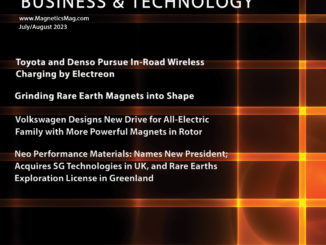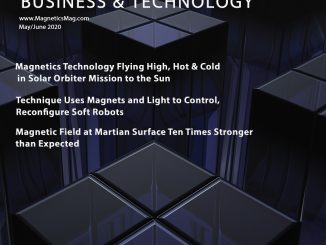By Stan Trout – Spontaneous Materials
This is a topic that comes up frequently in discussion for me: someone finds the analysis of a rare earth property and gets very excited about its prospects as a business, based solely on some very limited information. As I always caution, analysis is not recovery. Let me explain the difference between the two, why one does not necessarily imply the other.
All rare earth deposits are initially characterized via chemical analysis. This is a good way to sort out potentially viable properties, from ones that should be left alone, so it is a valuable tool. But it is important to understand that this is just the first step in a multi-step process and is never the whole story. Analysis sets the theoretical potential recovery of a deposit; in practice, recovery is always a fraction of the analysis.
Why are they different?
The key distinction is found by considering the sheer volume of material that must be handled in analysis vs. recovery, which dictates how they are processed. In chemical analysis, we might dissolve a 10 gram sample in acid, as a prelude to the analysis looking for rare earths. This is a relatively simple and inexpensive task. The key is getting the entire sample to dissolve, which may require special reagents and extra steps. No problem for a 10 gram sample.
To recover the rare earths from a deposit, the amount of material handled is many orders of magnitude larger; we’re talking thousands of tons rather than grams. Yet the challenge remains approximately the same, getting our ore to dissolve in acid. However, we are confronted with a stark tradeoff in processing large quantities of rare earths; we can get nearly complete recovery at a very high cost, have low recovery at low cost or something intermediate. Most process designers select the intermediate route, but it should be clear that the rare earths recovered will only be a fraction of what is found in the analysis.
Admittedly there are many other things to consider: logistics, access to resources, capex, etc. But if you understand the difference between analysis and recovery, you’ll be in a much better place to judge the potential of rare earth projects.
 About the Author
About the Author
Dr. Stan Trout has more than 35 years’ experience in the permanent magnet and rare earth industries. Dr. Trout has a B.S. in Physics from Lafayette College and a Ph.D. in Metallurgy and Materials Science from the University of Pennsylvania. Stan is a contributing columnist for Magnetics Business & Technology magazine. Spontaneous Materials, his consultancy, provides practical solutions in magnetic materials, the rare earths, technical training and technical writing. He can be reached at strout@ieee.org.



